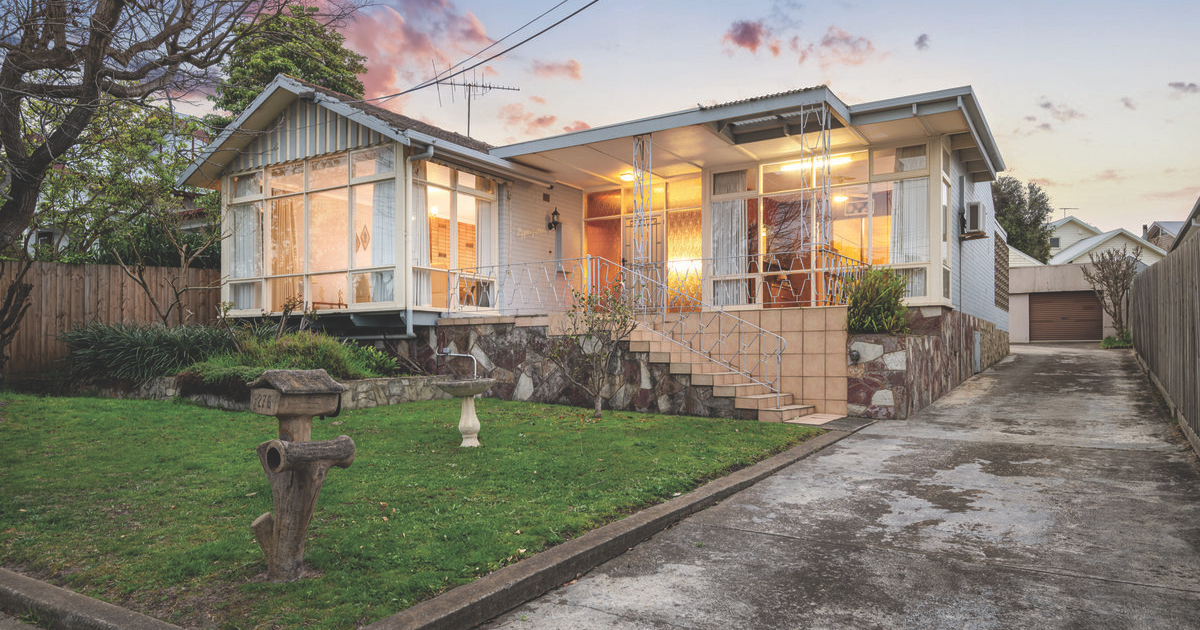Water-wise at Villawood’s Wandana

The building of an underground stormwater reservoir at Wandana is making for a subterranean spectacle.
Nothing’s quite like digging a hole – a big one, that is.
And there’s nothing quite like putting a lid on it and filling it up with 1.6 million litres of water – then getting rid of it all.
Now this might sound a little self-defeating, it’s not; it’s very much the nature of sorting major stormwater issues with contemporary smarts.
Of course, there is more to it than simply running truckloads of wannabe floodwater into a reserve before getting rid of it at a gentler pace.
Three Es is one way of thinking of it: engineering, environment and education.
A prime example of this new storm-think is unfolding on the side of a hill at Wandana where Villawood Properties and SPEL Stormwater are working on a giant 1.6 million-litre underground flood mitigation system.
It’s one of three cutting-edge stormwater systems at the 200-lot Wandana estate and if it sounds like a sci-fi installation, you’re not wrong.
The first E is a truckload of structural engineering calculations, along with truckloads of elliptical, ribbed, arched tunnel sections, soil spoil, ballast, geo-fabric, mesh and concrete pits all bound for a subterranean address, that have gone into the project.
The second E is all about safeguarding the environment from wash-away rubbish – via sophisticated baffle-box filter cages.
The third is about education by ”daylighting” processes normally consigned below a heavy manhole cover via a mesh steel viewer.
As Kurt Jensen says, there’s nothing quite like watching well over 1,000 litres a second run-off from a 1:6 hillside slope smashing from a 900mm pipe into a 4.5-metre deep pit and out again.
As senior tech consultant with SPEL Stormwater, he’s overseeing the Wandana project. It’s fair to say he’s a little pleased about it all.
“This has 266 arches in eight 82-metre rows all underground,” Mr Jensen says.
“You’ve got a sandwich of layers – geofabric, polymer liner and geofabric again – then a 250m layer of big rock through the bottom, rocks like rail ballast.
“Then the arches go in with 300m rock over top; there’s been a lot of engineering gone into how they’re spaced apart to get the load bearing right. It is radical engineering.”
Gaps between the rocks, a 20mm-40mm mix, store water – up to 40 per cent of the volume they fill, he explains.
All combined, it makes for a seriously meshed, fibred and stony, catacomb storage with a capacity to stagger the release of water for anything up to a one-in-100-year storm’s violent hydraulic excesses.
And it’s big at 80 metres long and five metres deep. Not that you’ll see it; the top of it will be verdant parkland with great views across Geelong.
If you venture 100 metres downhill after heavy rainfall, you’ll find a slender stream making its way into a scrubland valley leading towards a natural creek bed – with all the nasties that might otherwise have found their way to sea long removed.

















